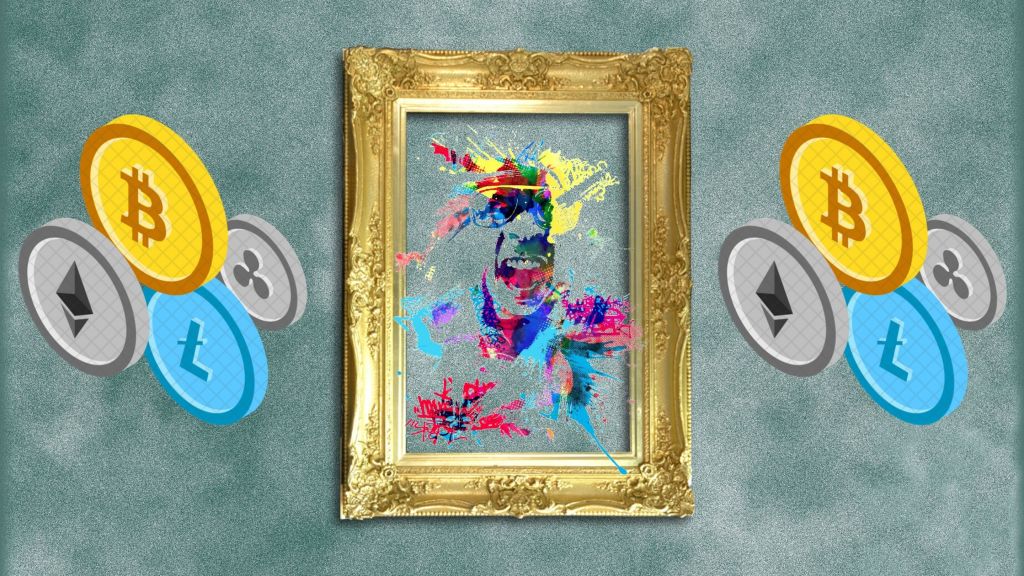If you were in NYC, Paris, or Moscow last weekend, you may have been one of the lucky few who were able to participate in the latest SPAMM (Super Modern Art Museum) event, a curatorial initiative launched 4 years ago by French contemporary digital artist Michaël Borras, a.k.a. Systaime. Showcasing a swath of digital arts, including video art, net art, game and social network experiments, SPAMM not only takes over physical spaces but appears as web-based viewing collection platform, marrying IRL locations to URL creations. Each SPAMM edition offers a massive selection from a roster of internet-focused and new media artists, all handled by an entirely separate curatorial team.
This version of the event, SPAMM of Virtualism, had a team of three curators: founder of Producción Aleatoria, Helena Acosta, Virtualism founder, Jean Guillaume Le Roux, and Systaime. “Each of us had selected 12 media artists to be part of SPAMM on virtualism,” Acosta & Systaime tell The Creators Project. “We focused on artists who work and live near the geographic locations where the exhibition was going to be hosted; in this case, Europe and the United States,” they add.
Videos by VICE
Babycastles Gallery in New York, EKLUZ in Paris, and Electromuseum in Moscow were linked for the three-day event, taking Systaime’s initiative to the next level and offering a networked, participatory experience showcasing no less 50 pieces of digital awesomeness. “This new edition of SPAMM is an interconnected exhibition, using a design platform; each space is connected with a webcam, generating an interactive scenography in these great capitals and, in this edition, around digital creation on the Internet, and the artistic movement of virtualism,” Acosta & Systaime explain. “In this sense, the concept of the exhibition places us in our contemporary reality, a reality in which the digital is deeply inserted in our daily life, blurring the boundaries between virtual and real.”

00:00: by LaTurbo Avedon
By using Le Roux’s theoretical notion of “Virtualism” as a driving force, the trio explored and questioned the evolution of the digital medium, as well as material and creative behaviors throughout art history. “During the pop art era, the material was the object in the consumption world; the creation of readymade, for example,” Jean Guillaume Le Roux tells The Creators Project. “Now the principal industries are service companies like Google or Facebook, the material paradigm is information, and the artist uses it like a virtual material of creation,” he adds.
SPAMM worked fluidly thanks to a network and telepresence device that multiplied audiences and promoted exchanges and interactions both in and between each of the venues. “It was very exciting to see how the public was attracted to the flux and wanted to be part of it,” Le Roux explains. “We would like to propose a new way to share art and art discussions and with the help of this connected scenography. Through [the] internet, people find a very efficient way to interact with it,” he concludes.

This is how you should be while you’re in the internet by Alix Desaubliaux

SPAMM by Lorna Mills
BITCOIN ABUNDANCE from systaime on Vimeo.

Odysse 2 by Kim Asendorf

How to / why leave Facebook by Nick Briz

Simulation of a Feeling by Anthony Antonellis
If you didn’t make it to one of the participating galleries, all the artworks are still on view on the SPAMM website.
Related:
Spend a Night at the Museum, Surrounded by Digital Art
Take a Digitized Tour of an Illegal Imaginary Art Studio
Internet Art and Spirituality Emerge in New Group Show ‘Witchcraft’



